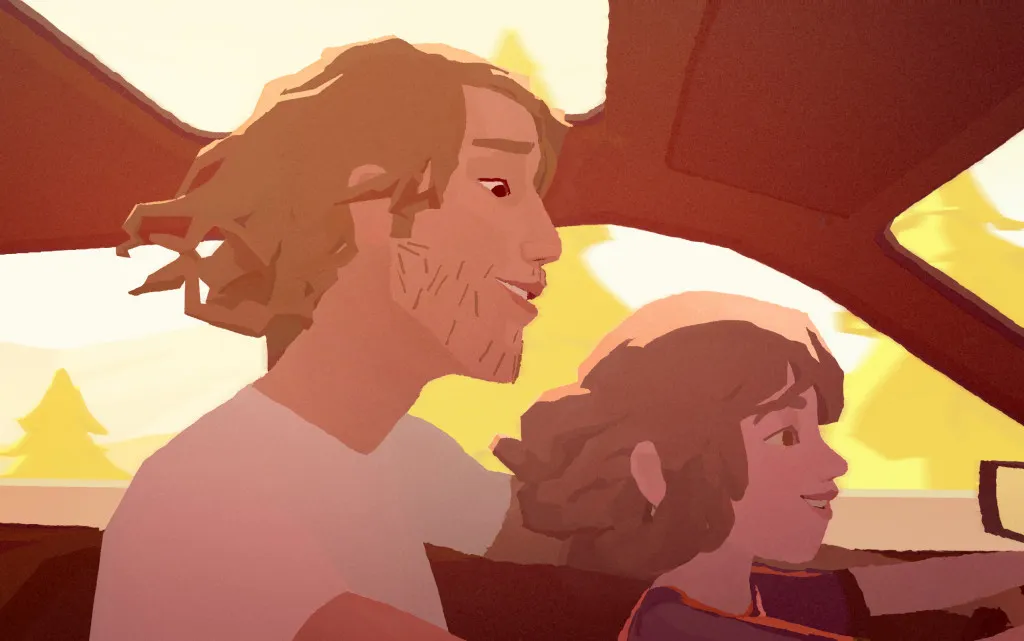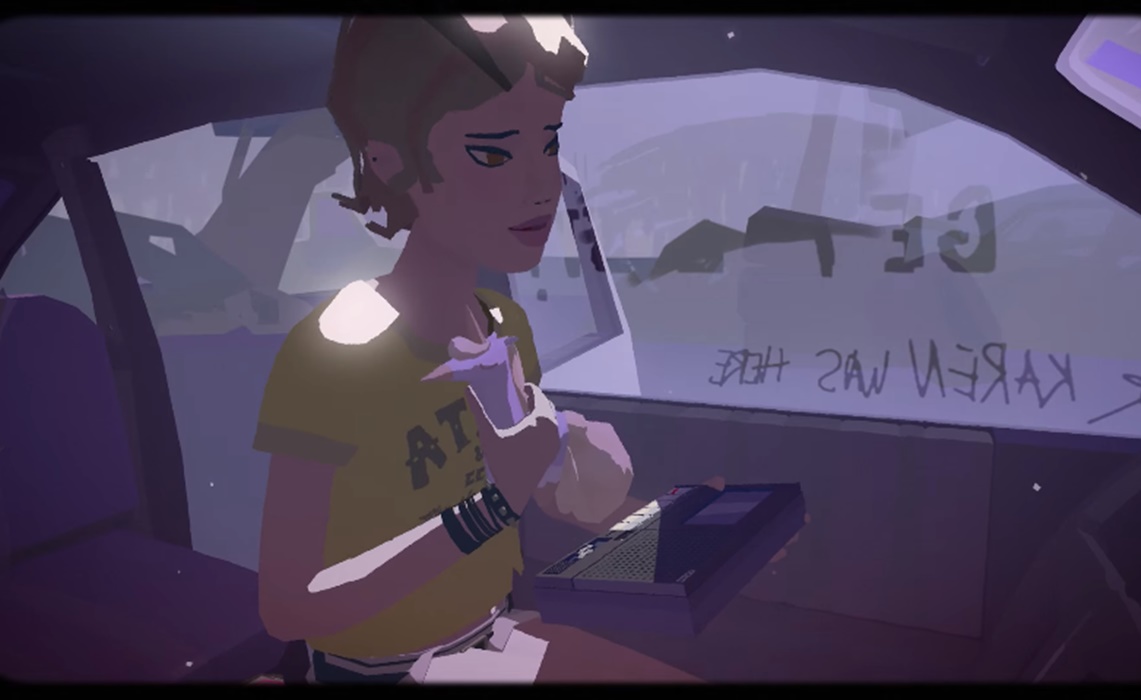At SIGGRAPH this week there was a long line for Pearl, Google’s animated VR experience set inside a car occupied by a father and daughter through the years. Though it debuted in May, and you can see it right now at the bottom of the post, viewers at the event in Anaheim were getting to see a newer version of the tearjerking story rebuilt for headsets like the HTC Vive. This is no ordinary port. The team built new elements of the world, re-recorded audio and plans to launch the new experience on Steam after it’s finished.
Pearl is a project from Google in a series of “Spotlight Stories” that function as explorations of the virtual reality medium. Some purists, though, sneer at 360-degree videos and that’s what Google’s main distribution portal, YouTube, is already built to ingest and distribute to people around the world. Even though an earlier project like Special Delivery is shown through YouTube, Google tried to explore interactivity beyond straightforward spherical videos. The Christmas-themed project would activate interesting things when you looked at them, ensuring you don’t miss a fun moment because you were turned away. Unfortunately, only some devices got the additional features and even if you had the right gadget in your hand it’s hard to figure out if you’re watching the correct version.
Pearl started with a focus on pushing some of these features further, beginning with “a fully spherical, interactive film that is rendered in real-time using our engine on a mobile phone. Where you basically point the phone as you would a camera and at points the story will wait for you,” said Scott Stafford, creative director of music and sound for Google Spotlight Stories.
They’ve developed an additional four versions of the experience, including a directed theatrical version that’s just like a short film you might see playing at the theater before a Disney movie. You can download the Google Spotlight Stories app to your phone now (Android or iOS) to see another version. I finally watched the YouTube version at home with my phone, using my thumb to navigate my view into the world. With the Steam version on the way, the project will end up being a fascinating exploration in the pros and cons of various formats for immersive content. For example, Pearl features a beautiful soundtrack that’s core to the story, and sometimes characters in the scene around you play music themselves. Sometimes that music is coming from inside the car, sometimes from outside. According to Stafford, depending on which version you’re watching, it might make sense for that sound to be accurately represented in the correct location. In another version, it might not.
A visual difference between versions of Pearl that goes to the core of the divide between mobile and desktop VR is best represented during a moment when the daughter crawls into the front seat and sticks her head out the sunroof to catch fireflies. In all versions except the one on Steam, you’ll just have to watch her. In the Vive version, you can stick your head out the sunroof too.
“It’s like magic,” Google said on Twitter.
There aren’t many companies besides Google and Facebook with the money or inclination to publicly experiment with projects like this. I’m looking forward to the release of Pearl on Steam as I hope to use it as a way of explaining what’s possible with different types of VR equipment. Just be ready to cry a lot.
“There is a pretty deep and a very beautiful, sincere and I think really honest portrayal of a father and daughter in a kind of universal setting that we can all relate to,” said Stafford, who has two kids. “So I would say that during the process I wept kind of quite often.”
We’ll update you when we hear a release date or price for Pearl on Steam.



























